Grassland
All Grassland Content

Grasshopper Activity Is Ramping Up
We have already observed increased grasshopper activity in many areas of the state and, depending on the 2022 season, they may become problematic in crops.
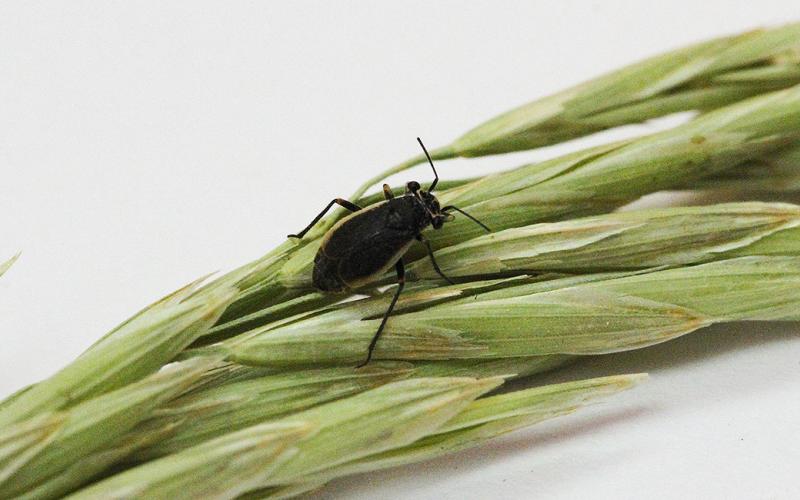
Black Grass Bugs May Cause Issues if Drought Persists
In western South Dakota, black grass bugs are a common spring forage pest that can cause considerable damage during periods of drought. Learn how to monitor and manage this pest to protect your forages this spring.

South Dakota Grasshopper Prediction for 2022
Data from the 2021 USDA Adult Grasshopper Survey of South Dakota suggests that grasshopper populations may continue to be problem in parts of central and western South Dakota during the spring of 2022.
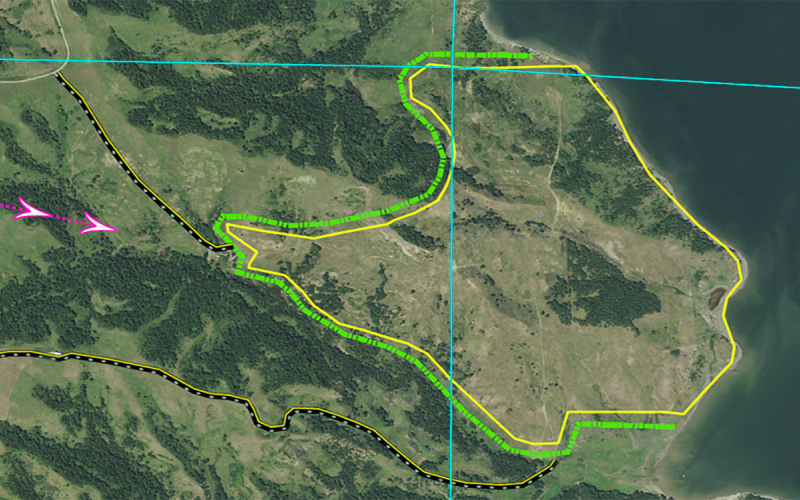
Utilize Targeted Grazing for Firebreaks
Targeted grazing incorporated into an overall rotational grazing plan can be an excellent strategy to reduce an area's available fuel load and create a soft, or green, firebreak.
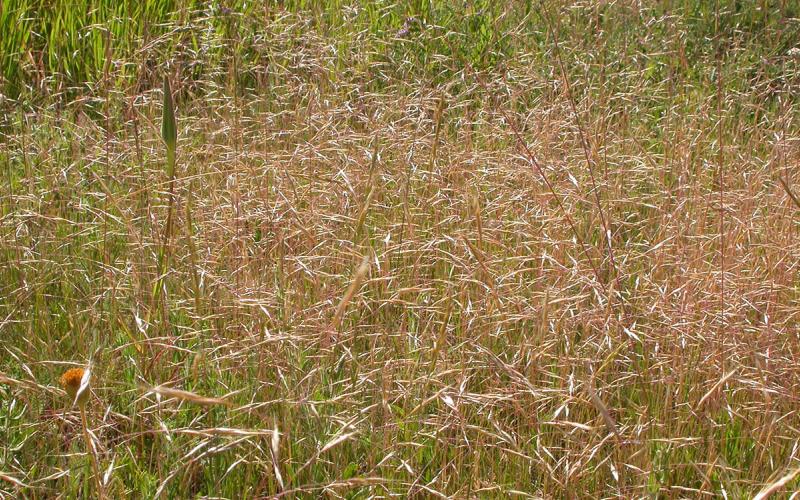
Be on the Lookout: Ventenata
Ventenata is an invasive annual grass that's an emerging threat to South Dakota rangelands due to its ability to exclude desired native species. Learn how to identify, report, and manage it before it becomes a problem in your area.

Grasshoppers Continue to Be an Issue During 2023
We have received numerous reports of very large populations of grasshopper nymphs in June. Before management action is taken, it is important to determine what stage observed grasshoppers are at.
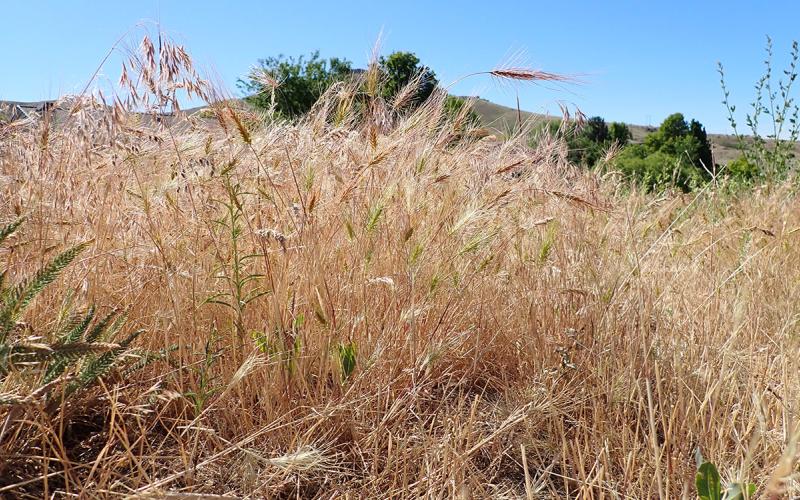
Be on the Lookout: Medusahead
Grassland managers are encouraged to be on the lookout for Medusahead, an invasive grass that can aggressively out-compete native species. Learn how to identify, report, and manage it before it becomes an issue.
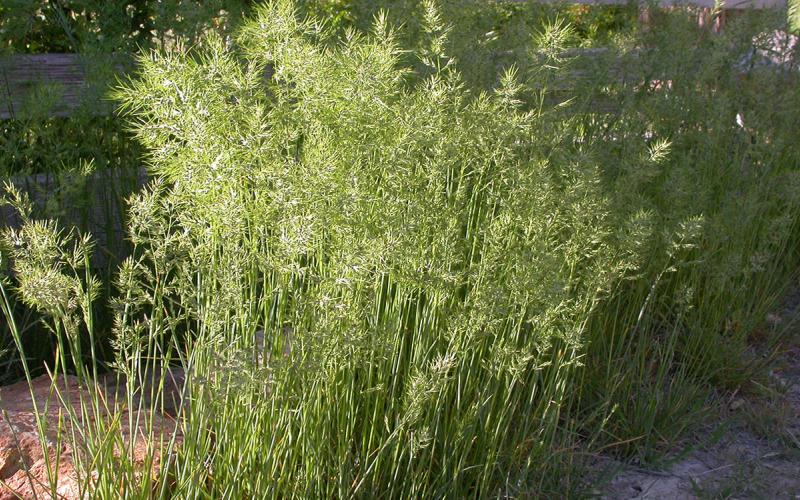
Be on the Lookout: Bulbous Bluegrass
Bulbous bluegrass is a resilient, invasive grass that can tolerate a wide variety of environmental conditions. Learn how to identify and manage it before it impacts forage production.

SDSU Extension receives $1 million contribution agreement from NRCS to protect grasslands from invasive trees
June 15, 2023
Trees are taking over the grasslands in the Northern Plains. To meet that threat, SDSU Extension recently received a $1 million contribution agreement from the Natural Resources Conservation Service to combat the spread.

Large Grasshopper Populations Detected in South Dakota
Very large populations of grasshoppers have been detected in southeastern South Dakota. Although these grasshoppers aren’t causing serious defoliation in crops yet, there is the possibility that they will as the season progresses.